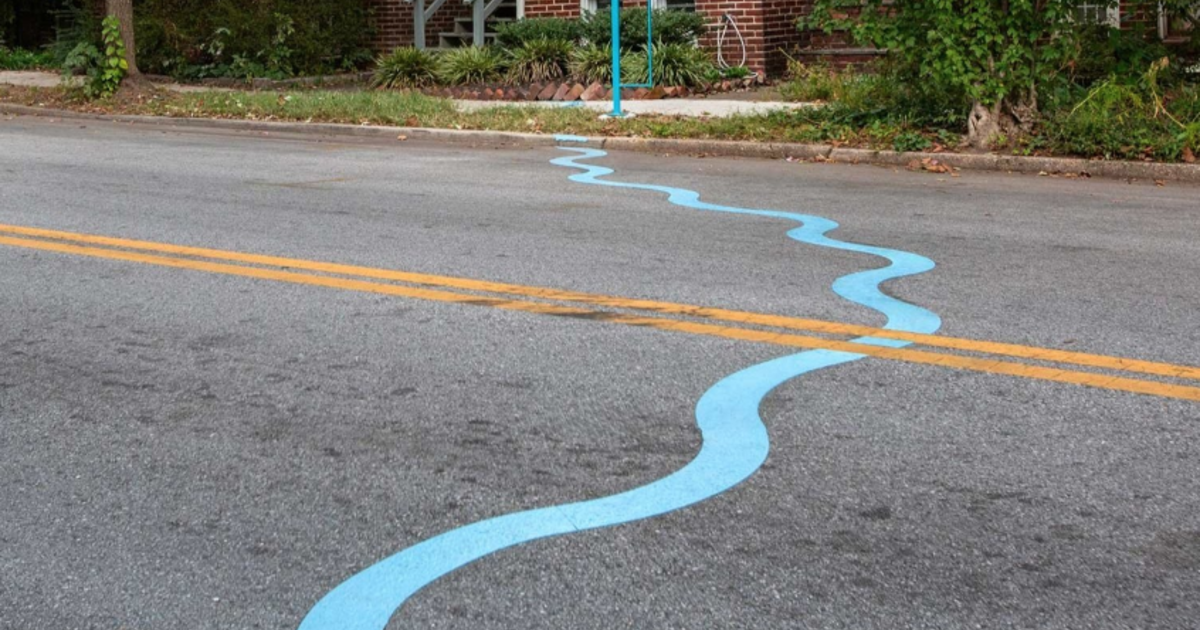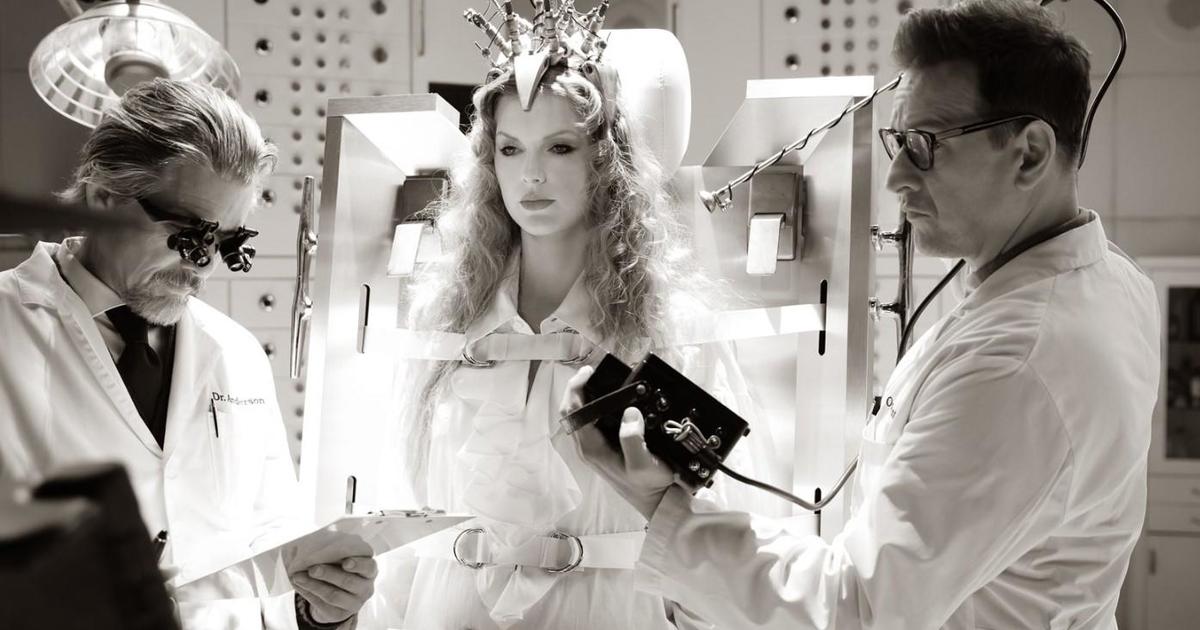Hopkins Hopes To Revive Baltimore Neighborhood
NICK ANDERSON
The Washington Post
BALTIMORE (AP) -- The renowned Johns Hopkins University medical campus looms over East Baltimore like a fortress on a hill. On its northern edge lies a humble neighborhood of rowhouses weathered by decades of crime, poverty and decay.
The research powerhouse in health sciences was long seen as indifferent to the social ills festering on its doorstep, or as powerless to cure them. That view echoes in cities across the country where universities thrive next to slums.
But Hopkins is seeking to engineer the revival of a huge swath of East Baltimore through an 88-acre redevelopment project that includes taking over a struggling public school. It is unusual for an elite university to dive so deeply into urban education and redevelopment at the same time.
The elementary and middle school, which Hopkins operates and subsidizes, is scheduled to move from its temporary neighborhood location into a nearby, newly constructed campus this year a couple blocks from the medical complex, where it will reboot under the university's brand name.
The hope here is that the Henderson-Hopkins School will lure working-class families to a place that once drove them away. The university has an inherent self-interest: Safety and prosperity on its borders will make the medical campus more attractive for students and faculty.
"They knew that a school was one of the things this neighborhood needs," said Betty Carlos, 66, whose daughter Gift is in third grade at the school and grandson Kyrin is in fourth grade. "You can't ask people to move into these $200,000 houses and not have a good school."
Carlos, a lifelong resident of East Baltimore, said she was angry when forced out of her home a few years ago to make way for the redevelopment, which has been under way now for a decade. That friction still echoes here from time to time when skeptics ask exactly how much the project has helped the community. Officials say that they have tracked and aided hundreds of displaced families and that the school will give their children enrollment priority.
Carlos said she and her daughter Michelle, a cook at the Johns Hopkins Hospital, are thinking of buying a house in the redevelopment zone. She said Hopkins won't let the school fail. "They'll do everything they can to not be shamed."
For generations, colleges have worked with public schools to facilitate teacher training and education research. But in recent times, relatively few major universities have invested their brand in a modern urban school to the extent Hopkins has. Obstacles to success are high, and the task can be hard to square with a university's mission.
The University of Pennsylvania gave its name and financial support to an acclaimed public school known as Penn Alexander that in the past decade has helped rejuvenate west Philadelphia. Stanford University oversees a charter high school in East Palo Alto, Calif., but was forced to shut down a companion elementary school in 2010 amid debate about its performance.
"It's risky," acknowledged Susan H. Fuhrman, president of Teachers College at Columbia University, which recently put its name on a New York public school. "With heightened accountability, you are on the line for student achievement. But if every university in an urban setting did this, it would be a huge boost. We're neighbors, and we have an obligation."
Nationwide, the Center for Education Reform counts about 50 charter schools with close university partnerships.
In the Washington region, Howard University launched the Howard University Middle School of Mathematics and Science, a charter school, on its Northwest Washington campus in 2005. The University of Maryland is involved with a charter school to open in College Park in August. George Mason University plans to open a small school-within-a-school -- the Patriot Innovation Academy -- in September at Lake Braddock Secondary School in Fairfax County. George Washington University has close ties with School Without Walls, a selective D.C. public high school on its Foggy Bottom campus, although it does not run it.
Hopkins President Ronald J. Daniels, in an interview on the main campus in north Baltimore, said the university must shoulder more responsibility for the welfare of a city of 619,000 that has been its home since 1876.
A former provost at U-Penn, Daniels cites the Ivy League university's work in rebuilding west Philadelphia as a model. He has pushed Hopkins to deepen its engagement with East Baltimore since he arrived here in 2009. "We've really elevated it to a higher level," he said.
"There was a perception that we weren't doing all that we could be doing."
In the neighborhood
One Hopkins official who helps oversee the East Baltimore school is combating that perception, taking a direct personal stake in the project.
David Andrews, dean of the school of education at Hopkins, recently took two abandoned rowhouses on East Chase Street -- in the redevelopment zone -- knocked down walls and renovated the property as a three-story home for himself. He wanted to understand the area Henderson-Hopkins will serve.
Andrews, 56, his wife, Marti, 59, and their dog, Lola, a 7-year-old Weimaraner, moved in last March. Their arrival turned heads. There were a few other renovated houses on his block, to be sure. There was also new rental housing nearby, a new biomedical office tower and other signs of the unfolding redevelopment in East Baltimore. Hopkins, teaming with public agencies and others, already has spent more than $23 million on the 88-acre project.
But many addresses within the project were -- and still are -- boarded up, awaiting makeover or demolition. Blight persists on these streets. Crime, a major problem in past decades, is down, but security concerns have not gone away. People in the area were surprised to suddenly have a Hopkins dean as a neighbor.
Soon after moving in, Andrews said, his nerves were tested. About 9:30 one night, someone started pounding on his front door and ringing the bell. Andrews peered through a peephole and saw three young men he didn't know. He hesitated. He conferred with his wife, left the door shut, deadbolt in. The noise stopped.
A few minutes later, the doorbell rang again. Andrews, recognizing a neighbor named Timothy Veal, opened the door. Veal showed the dean that he had left his keys outside in the lock.
"We felt horrible for being suspicious," Andrews recalled.
Now the dean and his wife are completely at ease. They invited Veal and other neighbors over to their house one morning for coffee to meet a special guest. New York Mayor Michael R. Bloomberg, a Hopkins alumnus, had dropped by to look at the project. Bloomberg, who this year surpassed $1 billion in gifts and pledges to the university, is one of the leading higher-education donors of modern times.
"I said, `Whoa! A person like me meeting all these big-time people,'?" recalled Sonny Williams, 67, one of those invited. "I never would have thought of that."
When Andrews moved in, Williams said, it was a turning point. "This neighborhood is not going to shambles," he said. "We have too many people here now that look out for each other."
In the classroom
Classes at what is now called the East Baltimore Community School are held in trailers down the street from Andrews's rowhouse while construction is under way for the $43 million Henderson-Hopkins campus on Ashland Avenue -- one of very few schools to be built in Baltimore in the past quarter-century. Hopkins, working with Morgan State University, took over the school in summer 2011. The public school has significant autonomy through a contract with the Baltimore school system.
"This is essentially our laboratory," Andrews said one winter morning as he strolled through a hallway. But he added: "We want it to be of the neighborhood as much as a Hopkins entity."
The school has about 280 students, most from families poor enough to qualify for free or reduced-price cafeteria meals. Test scores show the academic challenge is steep. Forty-one percent of the school's students failed to reach proficiency on state reading tests last year, compared with 33 percent citywide and 15 percent statewide.
Under the university's direction, the school adopted a curriculum from Hopkins scholars called Success for All, which groups students in classrooms by reading level, rather than age. Students get intensive phonics development in early years, including highly structured lessons and frequent assessments to push them rapidly from one ability level to the next. The method is used in high-poverty elementary schools across the country.
On top of the school's public funding, Hopkins plans to spend $6 million from 2012 through 2018 to enrich curriculum, keep class sizes to a minimum and help in other ways. The university also will spend $4 million on the early childhood center. The school, to serve 540 students, and the center, planned for 180 preschool children, will be blanketed with social and health services.
Katrina Foster, a veteran Baltimore educator, was hired as principal last year after interviewing with several university officials, including 15 minutes with Daniels, Hopkins's president.
Foster said she wants total student attendance and total success, with detailed evidence of progress. "So it's not just anecdotal," she said, "that `I think they got it.'?" She keeps boxes of jump-ropes, baking sets, coloring books and other donated toys in her office to reward students for positive behavior.
In Room 24, Andrew Indorf teaches English to seventh- and eighth-graders. One recent morning, he led an energetic lesson on personification of the natural world in an Emily Dickinson poem, inviting a student named Ra'jae to improvise a greeting from a fickle Mother Nature. She walked up to the teacher and gave him a sharp shove. The class cracked up.
With Hopkins in charge, Indorf said, teachers get all kinds of support. If he needs 60 books, for instance, they land on his desk within a week or two. That, Indorf said, is an amazing turnaround.
"If you're going to rebuild a community, starting with a school is the way to go," Indorf said. "Johns Hopkins is onto something. Education has to be the centerpiece."
Hopkins education professor Robert Slavin, who is advising the faculty on reading instruction, said the challenge for a university-run school is not merely to succeed but to excel. Legions of urban educators know that is never a sure thing.
"It absolutely, positively has to work," Slavin said. "But even if it works pretty darn well, will it work well enough for the expectations that people have for it?"
------
Information from: The Washington Post, http://www.washingtonpost.com
(Copyright 2013 by The Associated Press. All Rights Reserved.)



